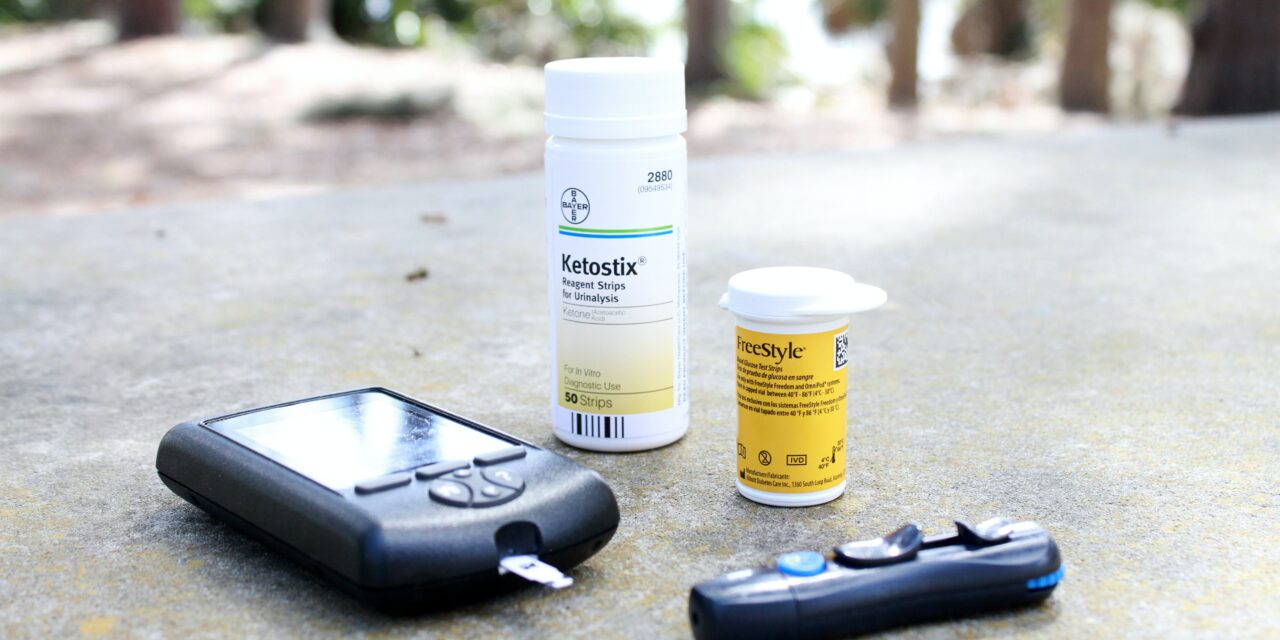COVID-19 has undoubtedly been one of the greatest challenges the UK has faced in decades and our health and care sectors have been pushed to their limits. However, crisis can breed innovation, and the rapid expansion of telemedicine – remote diagnosis and treatment, such as the Babylon ‘GP at Home’ app – is a silver lining which could deliver real long-term benefits. For this to happen, we need an inclusive approach to digital healthcare.
Whilst it’s still early days to understand the extent of service change the NHS has achieved during COVID-19, the early signs suggest a remarkable transformation. In May 2020 NHS England reported an “accelerated” shift in remote GP appointments, with 99% of practices having activated remote consultation platforms. The NHS App saw a 111% increase in registrations in March 2020. In my day job working on strategy, partnerships and major programmes within an NHS Trust, I saw new models – led by clinicians – emerging almost daily throughout the crisis. Once the dust has settled I’m sure there will be plenty to reflect on.
However, digital healthcare services may not be equally embraced across all patient groups, a consideration easily lost in the excitement. Whilst data on NHS remote service use isn’t generally given by demographic, the 2020 GP patient survey showed that just 7% off those aged 85+ booked appointments online in 2019, compared to over 20% of those aged 25-54. As a further indicator, 2018 Ofcom data showed that only 45% of those aged 75+ owned a computer, and just 26% owned a smartphone, rendering many of the new telemedicine models inaccessible.
Demographic factors are an important consideration when planning for a future including digital healthcare as we look to meet the challenges of an ageing population. Based on 2018 IFS data, an estimated 42% of total UK health spending (including the NHS) will be on those aged 65+ by 2021. On top of this, we need to keep in mind that social care remains one of the biggest national challenges we face. The NHS Long Term Plan advocates for greater integration of health and social care; many families will recognise that we currently have disjointed services for older relatives. Again, technology will be critical for resolving this, particularly in rural areas where professionals often cover large areas and can’t rely on coming together in person.
It’s also helpful to consider broader digital trends, particularly where personal data is involved. A friend recently told me that their parents don’t use Amazon Shopping as they won’t put their credit card details online, despite the obvious advantages during the lockdown. As someone with more one-click purchases than I should admit to this perspective is rather far from my own experience, and yet ONS data shows that 18% of adults didn’t shop online in 2019, and 7% of households didn’t have internet access at all. It seems likely someone reluctant to shop online would be reticent to share medical data through the internet, which needs to be a key consideration as we move forward with the digital agenda.
When we bring together the needs of the health and care system with the trends on technology use, we see a problem. Digital enablement is critical for the NHS, but the key demographics don’t align and data protection continues to be a national concern. How can we ensure that we maximise the benefits of remote services, whilst ensuring no one is left behind?
Privacy and data security has got to be at the centre of this discussion. ONS data showed that 17% of adults did not download software or apps at all in 2019 because of security concerns, whilst 7% suffered from fraud. NHS Digital and NHSX have produced a plethora of guidelines and toolkits, but this hasn’t stopped breaches, such as that of Babylon Health in June 2020. The creation of a statutory role for the National Data Guardian is helpful, but there must be a more proactive approach to ensuring – and then reassuring – that our data will be secure.
It doesn’t help that the myriad of companies involved in telemedicine makes it seemingly impossible for a layperson to understand the risks. Also in June 2020 it became known that a Google back-end service called Firebase had an issue, which may have exposed technical weaknesses in the Babylon app’s software testing, which could then pose a future threat. Should we be worried? As a user of the app, I made my own decision to stick with it, but it’s frustrating that it still feels like a judgement call.
As well as ensuring data protection, we need to allow patients to dip a toe into the med-tech pond before asking them to dive right in. Currently in order to register for Babylon’s GP at Home service you have to de-register at your local GP surgery; this has huge practical ramifications, as well as creating a worrying barrier for those thinking of switching. We need to allow people to register with both an online and in-person service at the same time, maximising individual choice.
Finally, we need to respect that not everyone will have the hardware to move to online services – a factor which became pertinent in the education sector during the COVID-19 crisis. Combined with data concerns and an individual preference for face-to-face services, there will be some people across all demographics who simply will never choose to switch, and those individuals should retain that choice.
For those willing and able to make the switch, telemedicine offers a convenient alternative. Of course I wish that it hadn’t required a pandemic to accelerate the move towards telemedicine. But now that it’s here, let’s embrace it and make sure it’s being used to tackle the biggest issues in healthcare head on.




